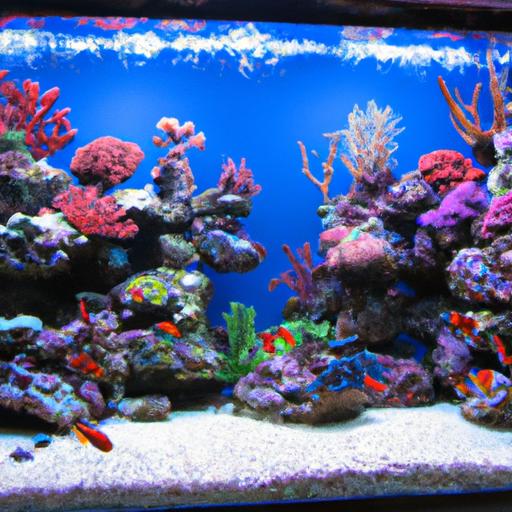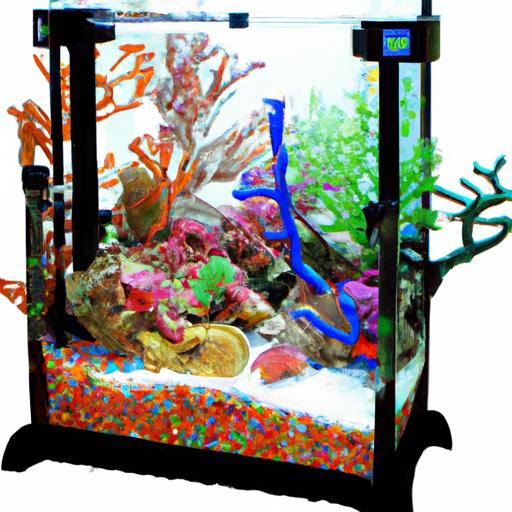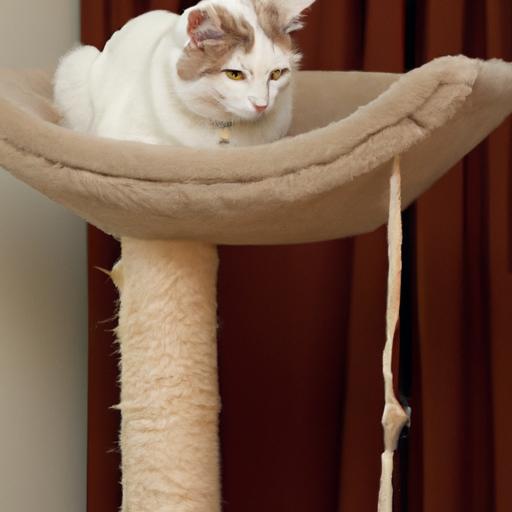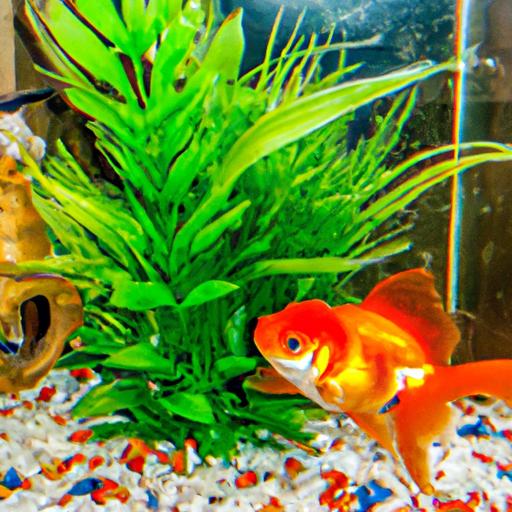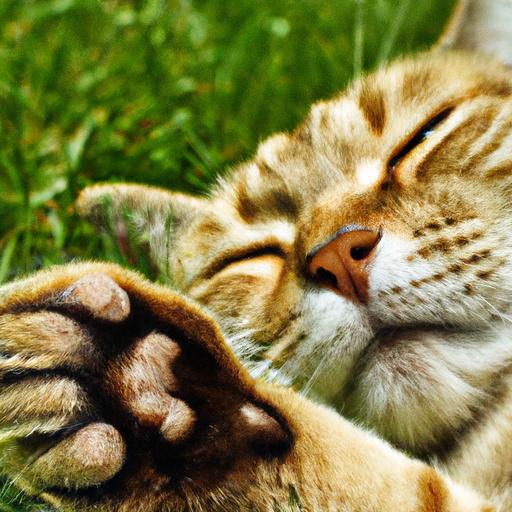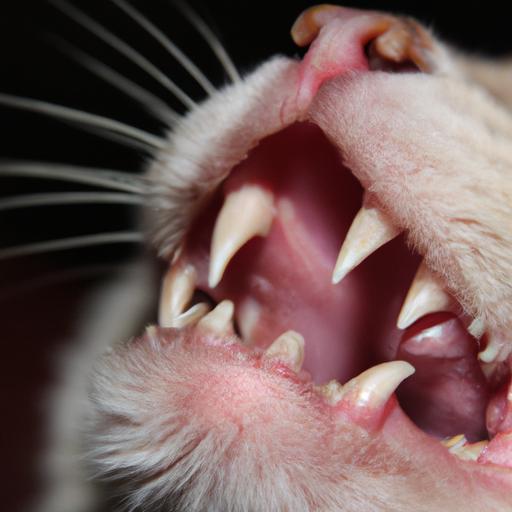
Understanding Feline Necrotizing Gingivitis: A Comprehensive Guide
Gain a comprehensive understanding of feline necrotizing gingivitis in cats. Learn about causes, symptoms, treatments, and preventive measures.
Introduction
Welcome to our comprehensive guide on understanding feline necrotizing gingivitis. As cat owners, it’s essential to be well-informed about this oral health condition that can affect our feline companions. In this article, we will delve into the details of feline necrotizing gingivitis, its causes, symptoms, treatments, and preventive measures. By the end, you’ll have a clear understanding of this condition and how to ensure the best oral health for your beloved cats.

Understanding Feline Necrotizing Gingivitis
Feline necrotizing gingivitis, also known as FNG or “cat gum disease,” is a severe oral health condition that primarily affects cats. It is characterized by inflammation and destruction of the gums, leading to pain, discomfort, and potential complications. FNG typically starts with the accumulation of plaque on the teeth, which harbors bacteria and triggers an inflammatory response.
Causes of Feline Necrotizing Gingivitis
The main cause of feline necrotizing gingivitis is the buildup of plaque on the teeth. When plaque isn’t adequately removed through regular brushing or professional dental cleanings, the bacteria within it multiply and produce toxins that attack the gums. This results in inflammation, redness, and swelling. Certain breeds, such as Siamese and Abyssinians, may be more susceptible to FNG due to genetic factors.
Progression and Effects
If left untreated, feline necrotizing gingivitis can progress rapidly and lead to severe consequences. The inflammation can extend beyond the gums, affecting the surrounding tissues, tooth roots, and even the jawbone. Cats with FNG may experience pain, difficulty eating, weight loss, and bad breath. Additionally, the bacteria from the oral cavity can enter the bloodstream and potentially affect other organs, leading to more significant health issues.
FAQ about Feline Necrotizing Gingivitis
What are the common symptoms of Feline Necrotizing Gingivitis?
Common symptoms of FNG include red and swollen gums, bad breath, drooling, reluctance to eat, weight loss, and pawing at the mouth. Cats may also exhibit behavioral changes, such as irritability or withdrawal.
How is the condition diagnosed by veterinarians?
Veterinarians diagnose FNG through a combination of physical examination, dental evaluation, and potentially taking dental X-rays. They will assess the extent of gum inflammation, the presence of plaque and tartar, and any signs of tooth decay or root damage.
Can Feline Necrotizing Gingivitis be prevented or treated?
While prevention is key, FNG can be managed and treated with proper veterinary care. Regular dental cleanings, both professional and at-home, are crucial in preventing the buildup of plaque and reducing the risk of FNG. In severe cases, your veterinarian may recommend antibiotics, pain medication, and even extractions of severely affected teeth.
Are there any home remedies or products that can help manage the condition?
While home remedies cannot cure FNG, there are supportive measures you can take to help manage the condition. These include brushing your cat’s teeth regularly with cat-friendly toothpaste, providing dental treats or toys, and using water additives that promote oral health. However, it’s essential to consult with your veterinarian before trying any home remedies or products.
Should cat owners be concerned about potential complications?
Yes, cat owners should be aware of potential complications that can arise from untreated FNG. In severe cases, the infection can spread to other parts of the body, leading to systemic illness and organ damage. It’s crucial to seek veterinary care promptly and follow their recommended treatment plan to minimize the risk of complications.
Conclusion
In conclusion, understanding feline necrotizing gingivitis is crucial for cat owners to ensure the best oral health for their feline companions. By recognizing the causes, symptoms, and preventive measures, we can take proactive steps to protect our cats from this debilitating condition. Regular dental care, including professional cleanings and at-home brushing, along with early intervention, can significantly reduce the risk of FNG and its potential complications. Remember, your furry friend’s oral health is essential for their overall well-being, so don’t hesitate to seek veterinary advice and treatment, should the need arise. Together, we can keep our cats’ smiles healthy and bright.
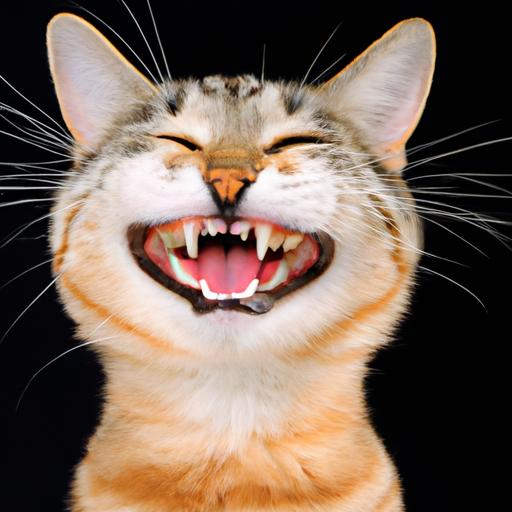
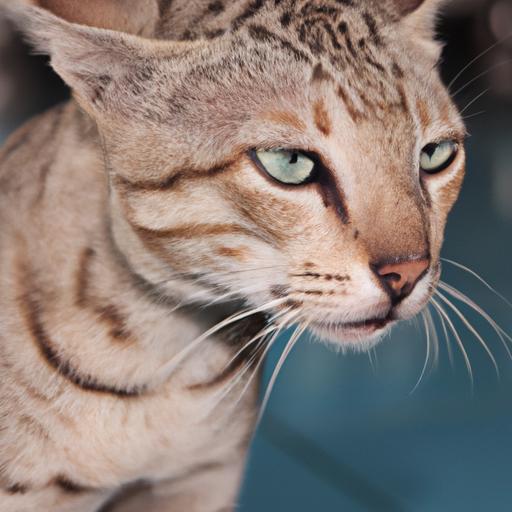
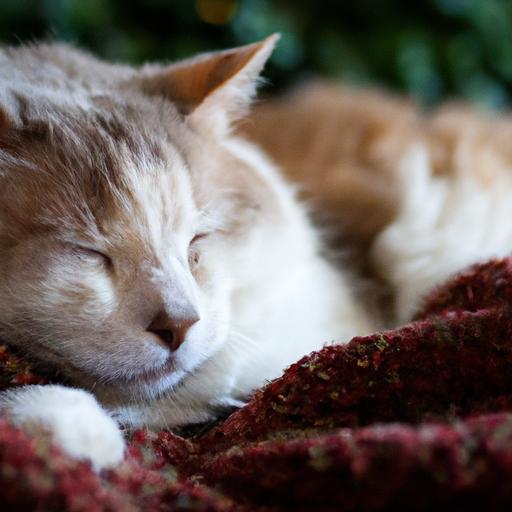
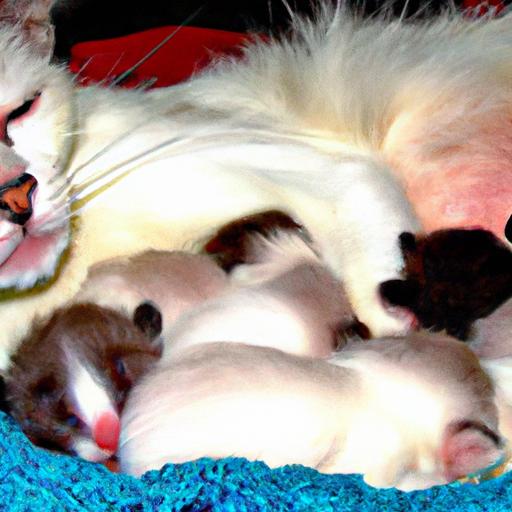
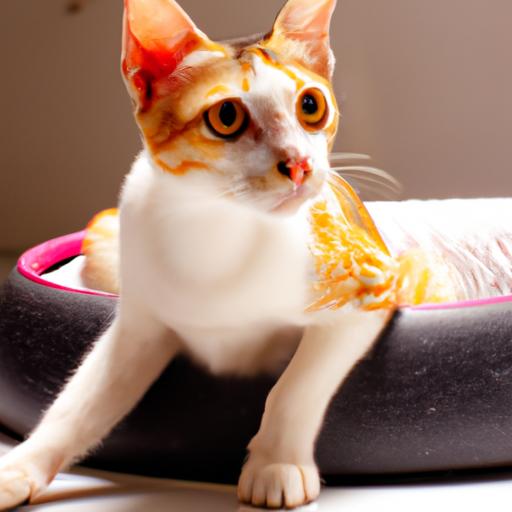
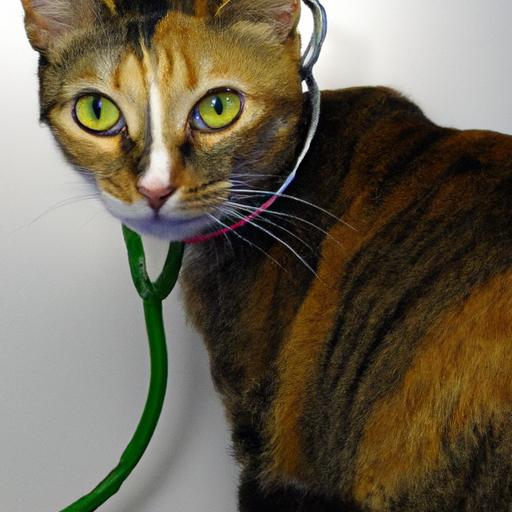
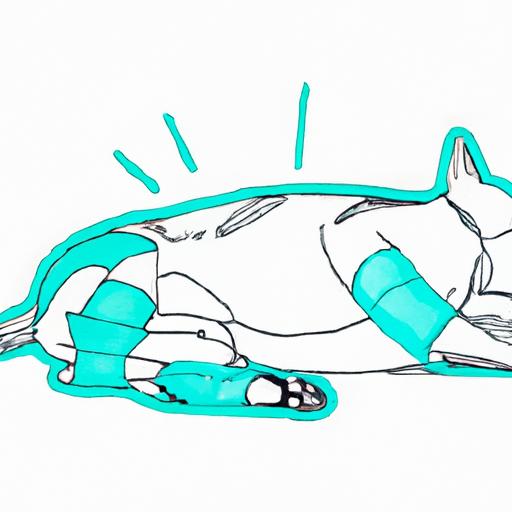
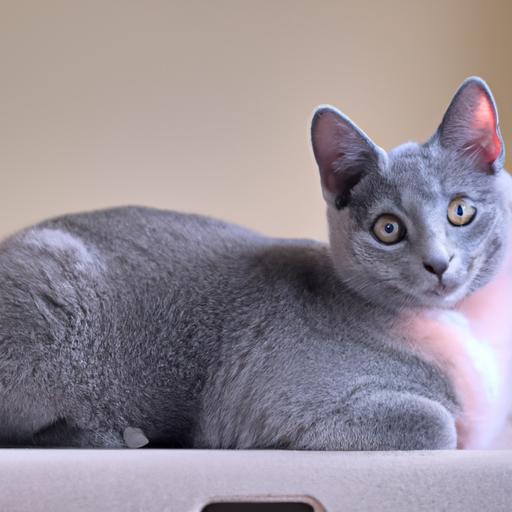














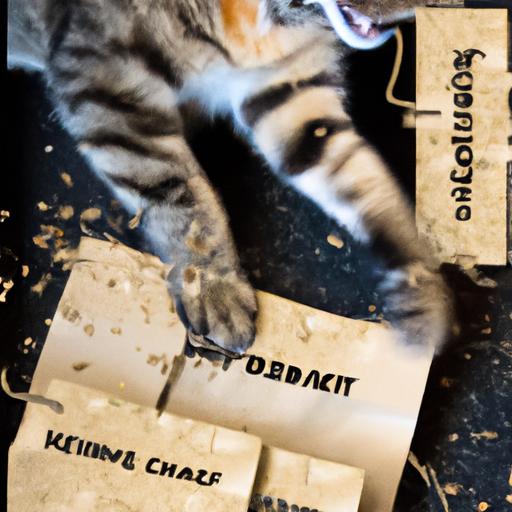



.jpg)
